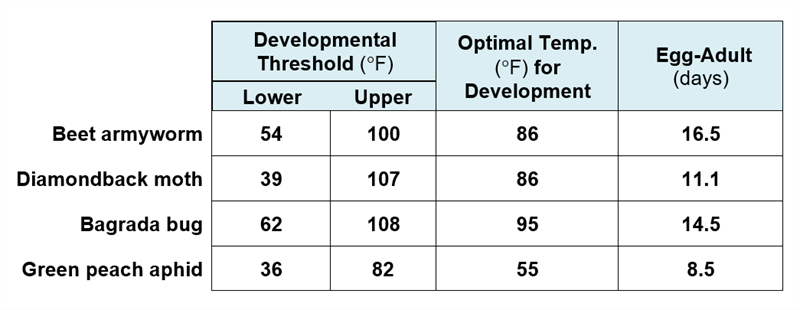Oct 30, 2024
Soil Health – Nitrogen
Soil Nitrogen
Nitrogen (N) is the essential nutrient that is required in largest amounts by plants. Following water, N is the most limiting factor in the growth and development of non-leguminous crops.
In most places around the world, sunlight is the first most limiting factor in terrestrial ecosystems, including crop production systems. This is followed closely by water as a limiting factor to plant growth and biologically available N (NO3- -N) is commonly the third most limiting factor.
Nitrogen goes through many natural transformations in the soil and cycling of N can take many routes and forms. Thus, the management of N is also one of the most challenging plant nutrients to work with efficiently.
Even though N is often a limiting factor in terrestrial ecosystems and crop production systems, N is ubiquitous in the atmosphere and biosphere. For example, 78% of the Earth’s atmosphere is made up of N gas or N2, a molecule made of two nitrogen atoms bonded together by a strong, stable, triple bond. As a result, N gas is biologically inert.
Nitrogen is the mineral element required by plants in the greatest amount and it serves many functions in plant physiology. Nitrogen is an integral component of amino acids, which are the building blocks for proteins.
Proteins are present in the plant as enzymes that are responsible for metabolic reactions in the plant. Because N is so important, plants often respond dramatically to plant-available N, which is nitrate-nitrogen (NO3- -N), (Havlin, et al. 2014; Thompson and Troeh, 2005; Warren, et al., 2017; and Weiland Brady, 2017).
Nitrogen is central to global crop production. Many parts of the world do not have enough to achieve food and nutrition security, in other cases excess N from fertilizer leaks into the environment with damaging consequences.
Though it makes up a large portion of the air we breathe, most living organisms cannot access N in this form. Atmospheric N must go through a natural process called “nitrogen fixation” to transform before it can be used for plant nutrition.
In both plants and humans, N is used to make amino acids, which make the proteins that construct cells, including the building blocks for DNA. It is also essential for plant growth because it is a major component of chlorophyll, the compound by which plants use sunlight energy to produce sugars from water and carbon dioxide(photosynthesis).
The Nitrogen Cycle
The N cycle is the multi-faceted process through which N moves from the atmosphere to earth, through soils and organisms, and is released back into the atmosphere, with conversions in and out of organic and inorganic forms (Figure1).

Figure 1. The nitrogen cycle.
A good point to begin the review of the N cycle is with biological N fixation, the process of converting biologically inert N2 gas into an organic compound or an inorganic form such as NO3- -N. Nitrogen fixation can take place through basic routes: 1) biological fixation or 2) conversion of N2 gas to NO3--N by lightning. The basic routes of N fixation are shown in the upper left-hand side of Figure 1.
Biological fixation occurs when naturally occurring N-fixing symbiotic and some non-symbiotic bacteria convert N2 gas from air into forms like ammonium-nitrogen (NH4+ -N) and then into nitrate-nitrogen (NO3- -N). A very important form of biological N fixation is carried out by symbiotic bacteria that live in the root nodules of legumes converting N2 gas into ammonium (NH4+) and then nitrate (NO3-), which are commonly incorporated very quickly into organic forms.
Plants preferentially absorb nitrate -N (NO3- -N) from the soil through the root hairs and use it in their physiological systems to create the N forms they need (amino acids, proteins, enzymes, complex compounds, etc.). Some ammonium-N (NH4+-N) can be taken up by some plants. The preferential form of N for plant uptake and utilization is nitrate-N (NO3--N).
Organic forms of N are not taken up by the plant and incorporated into the plant physiology.
Denitrifying bacteria convert excess nitrate back into inorganic N which can be released back into the atmosphere in gaseous forms (N2O and N2).
Nitrogen fixation can also begin with lightning, the heat from which ruptures the triple bonds of atmospheric nitrogen (N2 gas), freeing its atoms to combine with oxygen and creating nitrous oxide gas (N2O), which dissolves in rain forming nitric acid (HNO3) which then can be absorbed by the soil.
Excess nitrate in the soil can be lost through leaching, the process where nutrients mobile in the soil, including nitrate-N, can pass through the soil profile and into groundwater and potentially polluting streams.
Because N is so important and plant-available forms are often limiting, plants often respond dramatically to available N. There are no substitutes for sufficient plant-available N and management is a critical part of a crop production system.
References
Havlin, J.L., Beaton, J.D., Tisdale, S.L. and Nelson, W.L. 2014. Soil Fertility and Fertilizers; An Introduction to Nutrient Management. 6th Edition, Prentice Hall, Upper Saddle River, NJ.
Troeh, F.R. and Thompson, L.M. (2005) Soils and Soil Fertility. Sixth Edition, Blackwell, Ames, Iowa, 489.
Warren, J., H. Zhang, B. Arnall, J. Bushong, B. Raun, C. Penn, and J. Abit. Oklahoma Soil Fertility Handbook. Published Apr. 2017; Id: E-1039
Weil, R.R. and Brady, N.C. (2017) The Nature and Properties of Soils. 15th Edition, Pearson, New York.

 To contact John Palumbo go to: jpalumbo@ag.Arizona.edu
To contact John Palumbo go to: jpalumbo@ag.Arizona.edu



















